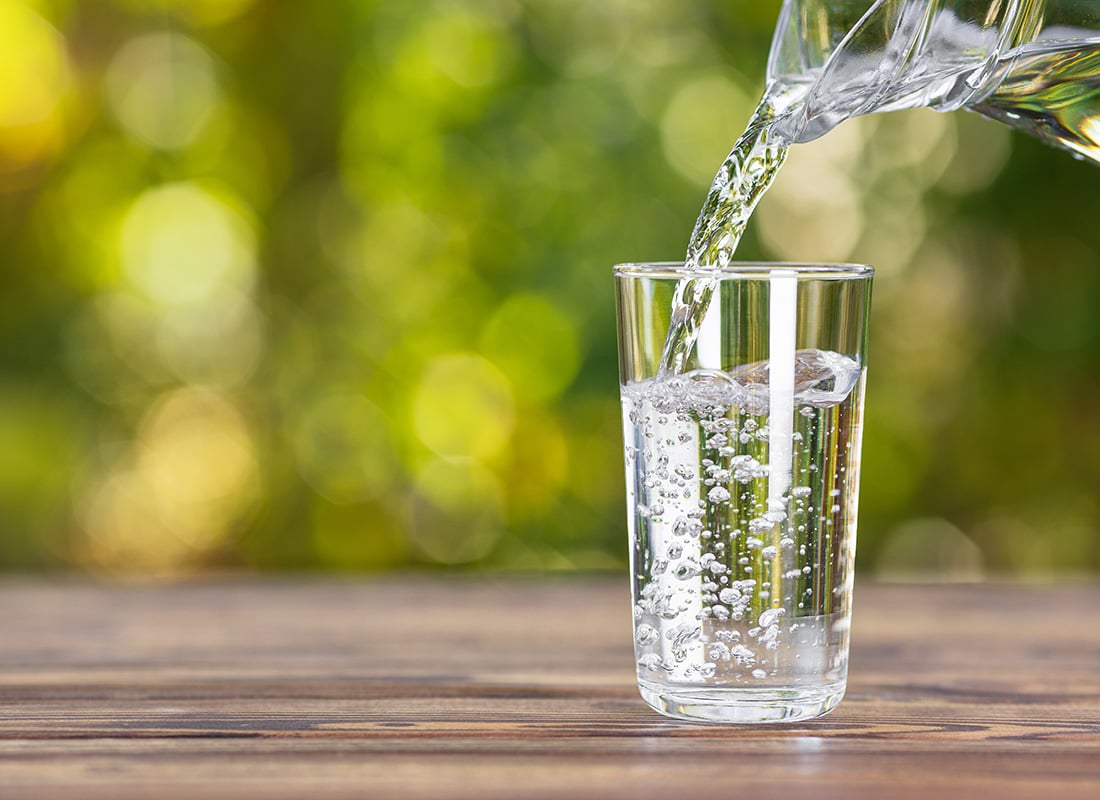Farming in the context of agriculture has been an integral part of mankind from the beginning. While farming, in general, includes both cultivation of crops and livestock development, the former is the main topic of this discussion. Different parts of the world and different societies have adopted different methods of farming or growing crops for the use of humankind. The initial methods used by the farmers were quite primitive and over the years those methods have been improved.
While the initial stages used only a few handmade tools with human labour, the next stages have tried to use efficient and more effective tools harnessed with animals to do most of the heavy work. The animals in the field were controlled by humans using ropes, sticks and words. Animals were later replaced by machinery and those were also controlled by the humans.
As mankind moved forward through different revolutions, things around them started to change and that included farming as well. People started improving the processes used in farming to make them more effective, efficient and productive. As the parallel industries developed with new innovative breakthroughs, farming also started adopting those at different levels. More machines have been incorporated in place of humans and more automation and control has been introduced. One of such key incorporation is the use of internet of things (IoT) or network of things (NoT) in farming.
IoT in farming comes in multiple different ways. One example is the usage of drones for crop monitoring and handling chemicals for weedicide, pesticide and fertilizers. Drones fitted with cameras and different sensors can be used for monitoring the crops at different stages. Drones can also be used for spraying the necessary chemicals with precise accuracy. Basically, a team of humans can be replaced with a team of drones to achieve the same, or better, results. Drones can be programmed with some autonomy, if necessary, and can also be configured to act as a team in coordination with one another.
The usage of IoT in farming also includes different sensors and monitoring probes like humidity measurements, temperature measurements, soil measurements, moisture measurements etc. These sensors or probes, together with drones, collect vital data about the crops and the environment, and the same can be used and analysed to generate valuable information which can then be used to take informed and timely decisions about the next things to be done. For example, with proper data analytics, the spread of disease can be detected, for plants and livestock, and treated early.
While the drones, sensors, probes and other automated tools in the field can be used to automate most of the operations of a farm, the duty of a traditional farmer will also change to more of a manager of a control room in a factory. Future farmers will utilise the power of information and communications technology (ICT) in farming with the touch of a button. For that matter, it could even be an app. In a world where many things can be controlled/operated using software, the days of the software-defined farm (SDF) are not far away.












